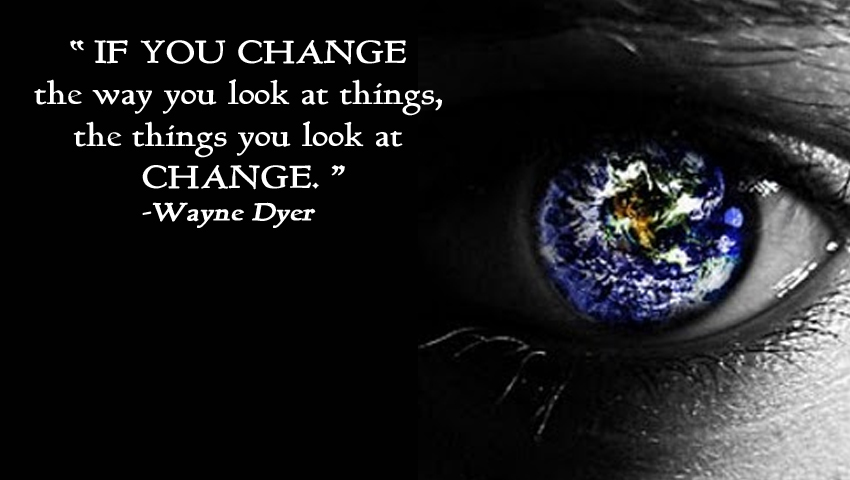“I got a text from Sophie’s best friend telling me that Sophie is throwing away her lunch at school. Should I confront her?”
“The toilet smelled like vomit after Andy took his shower last night. He ate so much food at dinnertime. I think he might be purging. Should I confront him?”
“I thought I saw some cuts on Bianca’s wrist this morning, but she pulled her sleeves down before I could get a better look. Should I confront her?”
Parents of my adolescent patients frequently ask me if they should confront their child when they receive concerning information about their child from a third party, or when they have a worrisome suspicion about their child but no actual proof.

Let’s take a closer look. The word “confront” typically connotes facing someone with hostile or argumentative intent. Confrontation often conveys anger, suggests an accusation of wrongdoing, and brings up defensiveness in the child. Confrontations can lead to explosive arguments, lashing out, or shutting down. These reactions create or exacerbate the rift between parent and child, thus making it much harder for the parent to provide – and harder for the child to receive – the support and assistance that they need. For these reasons, I don’t recommend confrontation.
On the other hand, failing to act on information or suspicions about a child’s concerning behavior does not help the child either. Keeping quiet may keep the peace, but it deprives the child of an opportunity to discuss what is troubling them, receive much-needed help, and overcome the problem.

Instead of confronting their teenager, I recommend that parents take the following steps when they have concerning information or suspicions:
Shift your perspective. Rather than viewing your child as doing something wrong or deceptive, recognize their behaviors as signs of suffering, symptoms of an illness, or cries for help. Think about how you would view your child if they had a more tangible ailment, such as a seizure, or a broken ankle, or an asthma attack. Most parents would view these symptoms not with blame, shame, or anger, but with concern and compassion. This is the same concern and compassion with which you should view a child who is secretly disposing of food, throwing up after meals, or harming themselves.

Approach your child privately, in a calm moment, with compassion and curiosity. Share the information or suspicions that you have in a nonjudgmental, non-accusatory way.
“Sophie, someone at school saw you throw away your lunch in the cafeteria. I’m curious about what is happening at lunchtime.”
“Andy, I thought I smelled some vomit in your bathroom last night. I promise I’m not mad. But I am worried about you. Can you help me understand what’s going on?”
“Bianca, I could be mistaken, but thought I saw some cuts on your wrist yesterday. I wanted to check in with you. I know you’ve been feeling really depressed lately. I wonder if you have been hurting yourself?”

Support your child. Express your love and concern for your child and ask how you can help them. This may involve having an in-depth conversation with your child in that moment, if they are willing, and letting them know that you are always willing to talk with them about the issue in the future. Ideally, you and your child can collaborate to help create a safer environment and work through the problem together.
“I love you very much, and I want to help you stop purging. How can we work together to make this happen? Would you like to walk the dog with me tonight after dinner?”
“I understand that this is difficult to talk about, so I won’t push you. But please know that you can always come to me in the future whenever you are ready to talk.”

If your child shuts down or refuses your help, you may need to step in and provide support anyway. Even without your child’s permission or buy-in, you can create a safer environment at home or at school by removing sharp objects, providing post-meal support, or arranging supported lunches. In most cases, it will be helpful – or even necessary – for you to inform your child’s other caregivers and healthcare team about the symptoms, or arrange for your child to see a mental health professional if they are not currently working with someone.
“I am going to hide the sharp objects for a period of time to keep you safe, until you can get a handle on this symptom. Also, Dr. Ravin needs to know about the self-harm so that she can help you. Would you like to tell her yourself in your next session? Would you like me to come to the session with you so we can tell her together? Or would you rather I call and tell her about the cutting before you meet with her?”
The SHIFT, APPROACH, SUPPORT strategy helps to disarm anxious or angry teens, nurture connectedness and trust, and empower parents to help their children.



